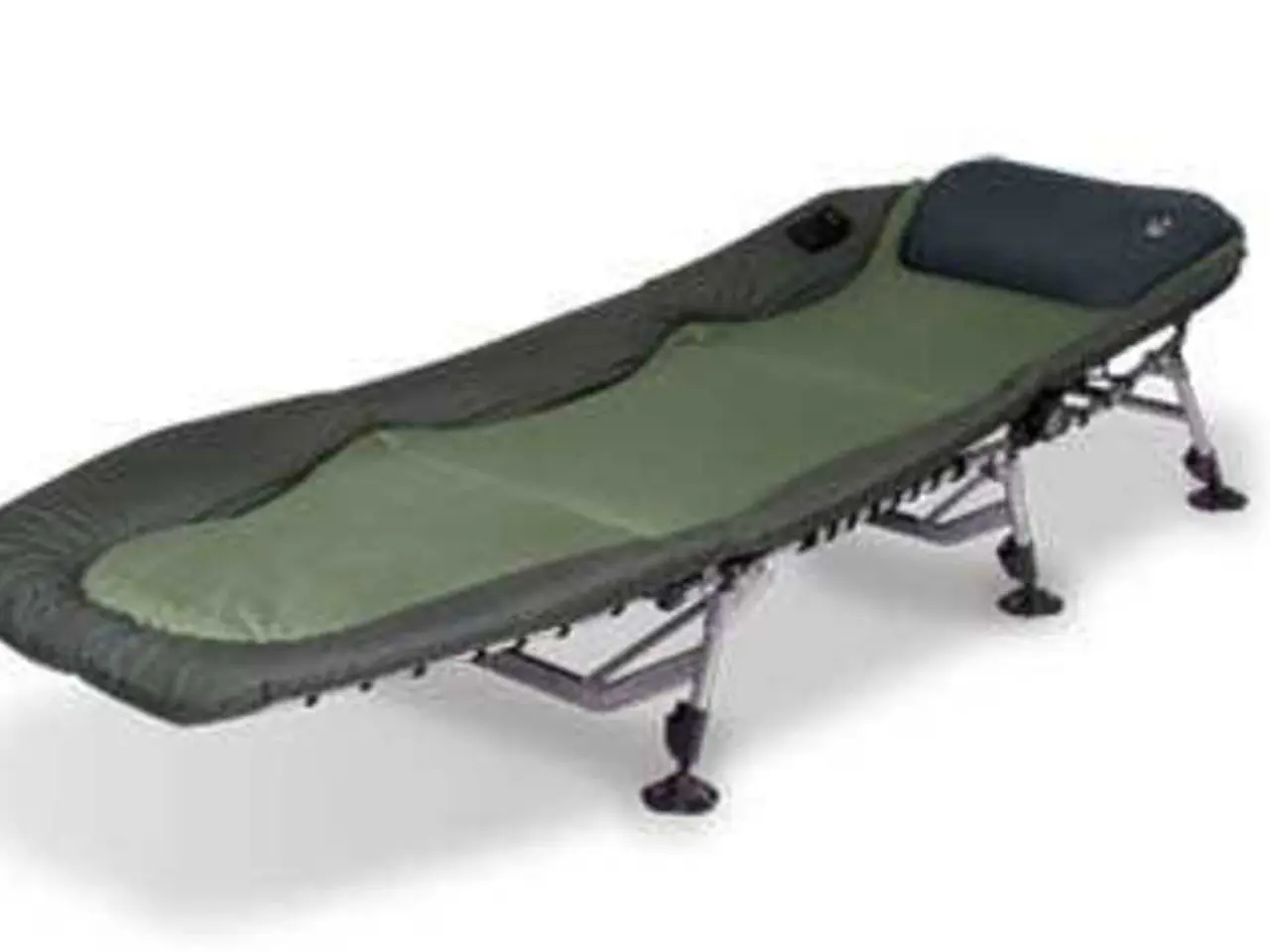Back Pain From a Nerve Issue: Recognizing Symptoms, Causes, and Remedies
### Common Exercises for Pinched Nerve Relief in the Back
For individuals grappling with the discomfort of a pinched nerve in their back, a well-structured exercise regimen can provide significant relief. These exercises primarily focus on stretching and strengthening muscles to alleviate pressure on the affected nerves and improve mobility. The specific exercises target different nerves, such as the sciatic or cervical nerves, depending on the location of the pinched nerve.
#### Sciatic Nerve and Lower Back Exercises
A popular exercise for easing sciatic nerve pressure is the Figure 4 Stretch. To perform this, lie on your back, cross one ankle over the opposite knee, and gently pull the knee toward your chest to stretch the glutes and piriformis muscle. Other effective exercises include the Seated Glute Stretch, Standing Hamstring Stretch, Knee-to-Chest Stretch, Nerve Flossing (Sciatic Nerve), Child’s Pose, and strengthening core and lower back exercises aimed at stabilizing the spine.
#### Cervical (Neck) Radiculopathy Exercises
For those experiencing symptoms related to a pinched nerve in the neck, Manual Therapy and Mobilization, Posture Improvement and Ergonomic Setup, and Neck Stretching and Strengthening Exercises tailored to their specific needs can be beneficial. A healthcare professional can provide guidance on these exercises to ensure proper execution and safety.
#### When to Consult a Doctor Before Exercises
While exercise can be a valuable tool in managing a pinched nerve, it's crucial to consult a doctor before starting any exercise program, especially if symptoms are severe or worsening, if new symptoms appear, if you have underlying health conditions or a history of spinal problems, if the pain is due to a traumatic injury, or if pain persists beyond 4 to 6 weeks without improvement. A healthcare professional can ensure that exercises are done safely and tailored to the underlying cause of your nerve compression, such as herniated discs or spinal stenosis, which may require more specific treatment.
Risk factors for developing a pinched nerve in the back include aging, physical fitness, overweight or obesity, and uneven posture. In some cases, surgery may be necessary to correct the cause of pressure and stabilize the spine. Symptoms of a pinched nerve in the upper back (cervical radiculopathy) can include pain that starts in the neck and travels down the arm, tingling sensations in the hand or fingers, weakness in the arm, shoulder, or hand, numbness, and muscle spasms or weakness.
A doctor may diagnose a pinched nerve with a physical examination and tests such as X-rays, MRI, CT scans, electromyography, and tests to check reflexes and muscle movement. More severe or chronic pain may require steroid injections or surgery. Symptoms of a pinched nerve in the lower back (lumbar radiculopathy) can include pain that radiates from the lower back to the legs or feet, numbness and tingling in the legs or feet, muscle spasms or weakness.
To put less strain on the neck and back, it's essential to sit and stand with the shoulders back and the ears aligned with the shoulders. Proper alignment of the head, neck, and spine is important for reducing back pain; an uneven posture can put extra pressure on the nerves. Exercises can support recovery, help restore movement, and prevent a pinched nerve from returning, but people should always consult a doctor before trying any exercises.
- Spondylitis, a type of arthritis, can affect the spine and cause symptoms similar to a pinched nerve.
- In some cases, diabetes and bipolar disorder might necessitate modifications in the exercise routine for a pinched nerve.
- Predictive science can help determine the most effective exercises for individuals with multiple medical conditions, such as Crohn's disease, psoriatic arthritis, hepatitis, and Alzheimer's.
- Depression, migraine, and anxiety can all worsen the discomfort of a pinched nerve, making mental health a crucial aspect of overall health and wellness.
- AQ, a potentially life-threatening complication of breast cancer, needs to be managed carefully to prevent aggravating a pinched nerve.
- Obesity increases the likelihood of developing a pinched nerve and may also impede the effectiveness of certain exercises.
- Therapies and treatments for cancer and obesity often involve exercise and nutrition, which can positively affect the recovery process from a pinched nerve.
- In extreme cases of spinal instability, ankylocosing spondylitis might require surgery to alleviate pressure on the affected nerves.
- For individuals with health and wellness concerns beyond a pinched nerve, appropriate fitness and exercise routines can promote overall health, enhance mobility, and reduce the risk of future spinal issues.
- Medical-conditions such as cancer, diabetes, bipolar, and depression can influence the choice and execution of exercises for a pinched nerve.
- Maintaining mental health and overall fitness can help prevent the development of various medical conditions, including obesity, cancer, diabetes, depression, and Alzheimer's.
- A doctor can properly assess only a pinched nerve's underlying cause, such as spinal stenosis or herniated discs, and recommend suitable exercises or therapies and treatments.







